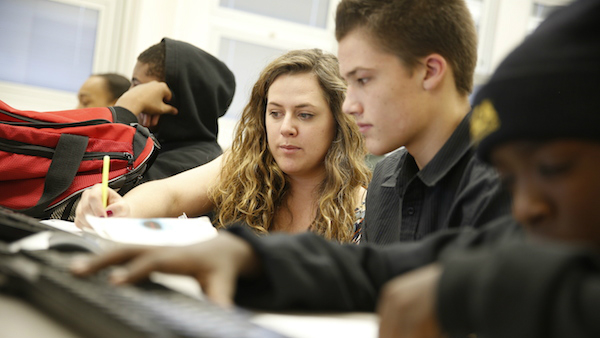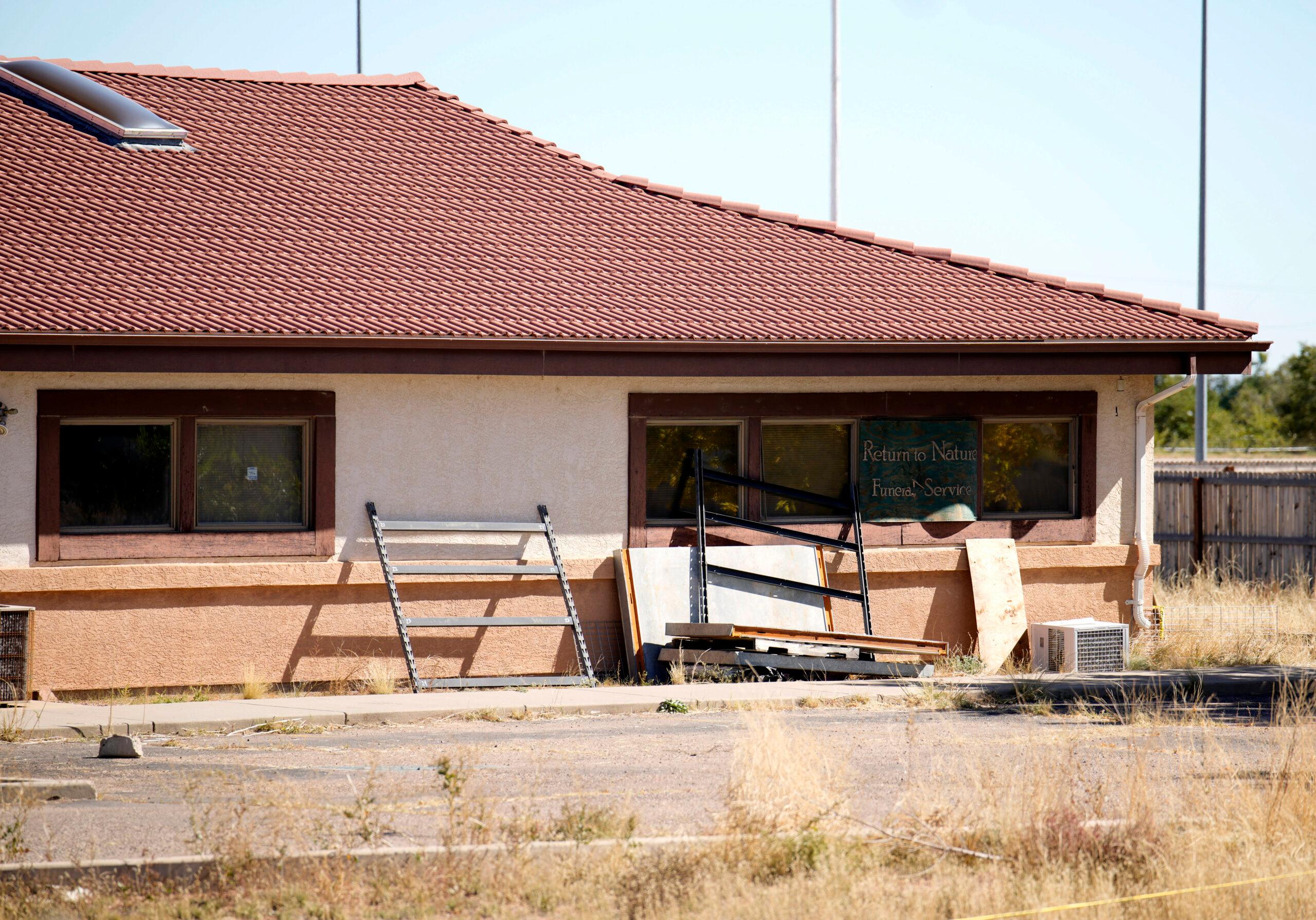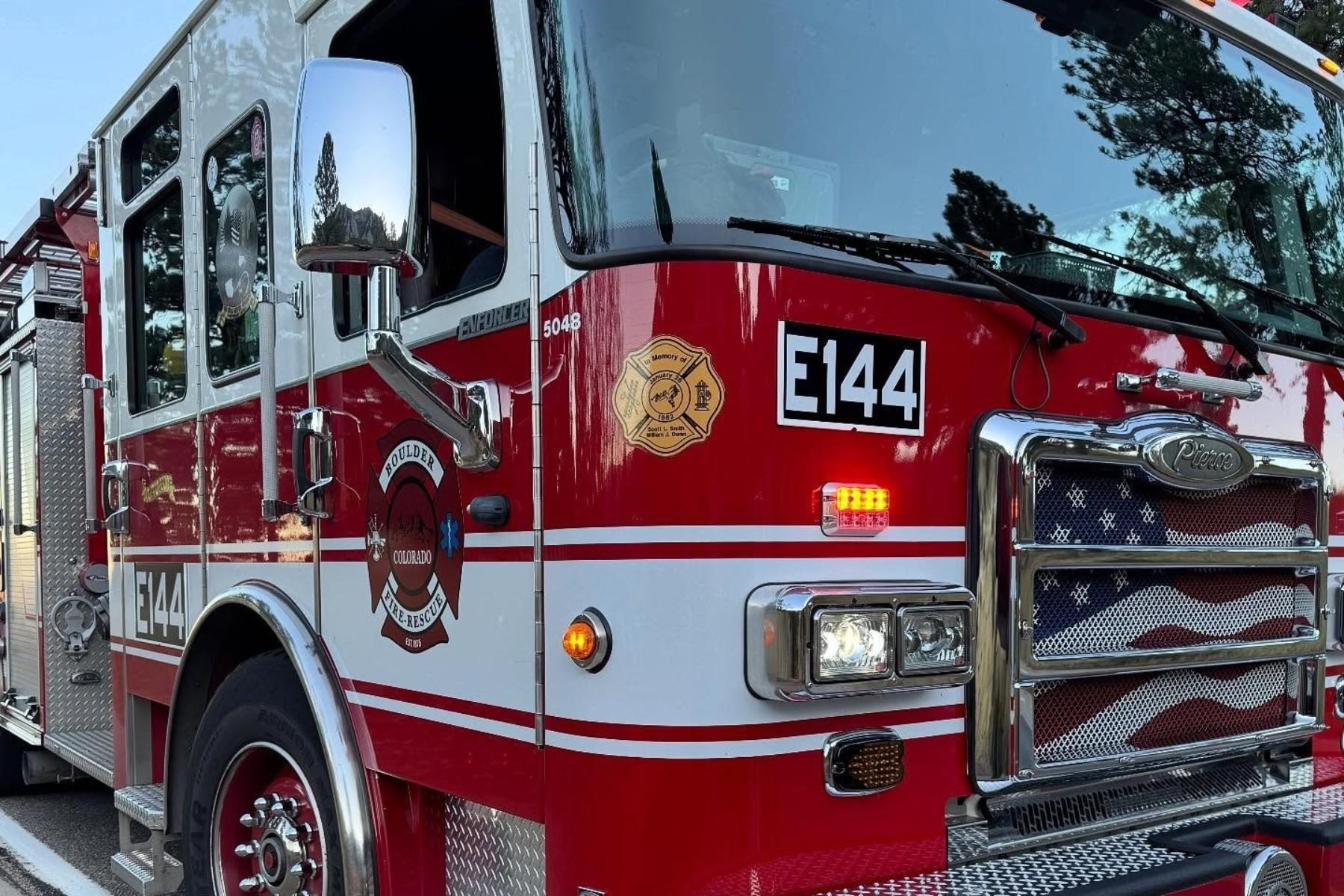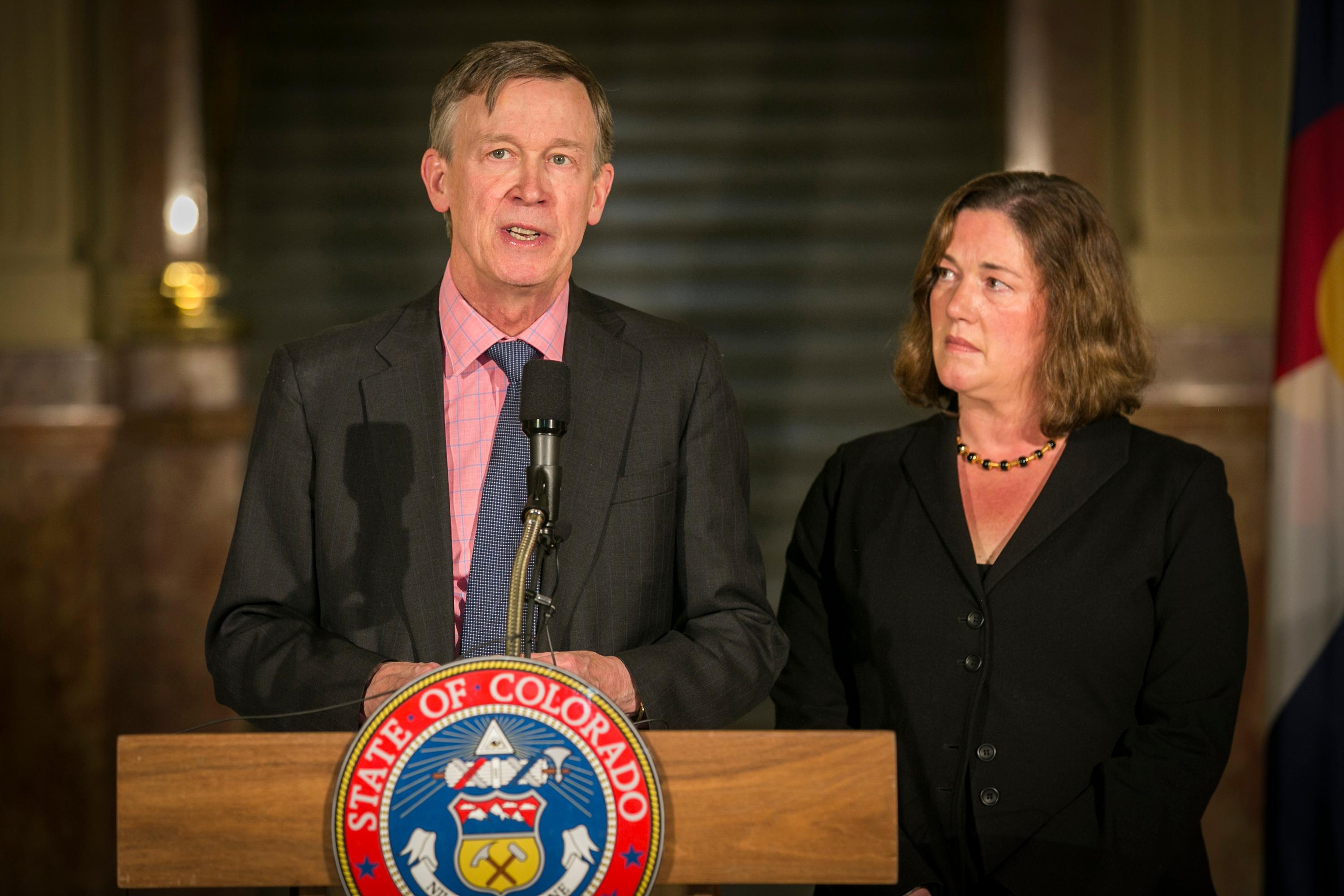
Its Thunderbolt sports teams were powerhouses with school alumni that include Denver Mayor Michael Hancock, former mayor Wellington Webb and NPR’s Scott Horsley.
But by 2006 , Manual High School was the worst-performing school in Denver and, in a sudden and surprising move, Denver Public Schools shuttered the campus and promised a remake that would transform the school into a premier high school.
Their efforts have failed.
District officials last Thursday asked the latest in a string of principals to leave.
Chalkbeat education reporters Kate Schimel and Nic Garcia spent two months at Manual interviewing dozens of teachers, students, administrators and parents and wrote a four-part series on the school.
“Manual is special,” Schimel says. “Everything that has been tried in school reform has basically been tried at Manual. It’s also a very complex place where a lot is going on. And we felt it was important to tell all of those pieces. All of the nuances of this place that means a lot to a lot of people.”
Manual High School has about 500 students where 60 percent of the student body is Latino and 30 percent is African-American. Additionally, 79 percent of the student body qualifies for free and reduced lunch.
The reporters say they had complete freedom to roam the school and observe teachers and students.
Garcia was struck by how quiet the school was.
“There is a deep respect that the students and the teachers have for one another,” Garcia says.
Garcia saw teachers quickly and successfully take action when a student misbehaved but he says the the high poverty levels among students brought extra challenges which at times seemed more than some teachers could handle.
“One teacher told me recently that these students need a lot more than their A-B-Cs and 1-2-3s," Garcia says. “They need time to develop trust and even in some cases love with their teachers and that can take time, especially when we see a lot of teacher turnover.”
Manual’s doors opened in 1892 and was one of the first schools in Denver to educate African-Americans.
By the early 2000’s, test scores were dropping and gang violence plagued the school.
After a failed experiment in dividing the school into three smaller schools, DPS administrators abruptly closed the school in 2006.
Students demonstrated outside DPS headquarters and there were accusations of racism.
“A comparison was actually made between the district and the Ku Klux clan,” Schimel says.
Upon reopening, the school was meant to become the centerpiece of Denver’s school reform efforts under the leadership of former superintendent Michael Bennet, who is now a U.S. Senator.
The plan was to make Manual the city’s premier high school when it reopened in 2007 under Rob Stein, a Manual alumni who previously ran a private school.
Stein modeled the program on high-performing charter schools where performance data is scrutinized and students have to follow clear guidelines for behavior.
Schimel says reaction to the style was mixed among parents and students: Some community members wanted a more traditional high school with a basketball team but the reporters said teachers “worshipped him.”
“He was going to be the savior not only of Manual High School but really create a model for DPS to turn their schools around,” Garcia says.
The model seemed to work with Manual posting the third-highest growth in test scores in city but Principal Stein left before his first seniors graduated.
Garcia says Stein took the job because conditions were written into his contract guaranteeing flexibility on curriculum and hiring but then quickly learned the district was not set up to provide him that freedom.
“He [Stein] told us after three years of continually butting heads with his direct supervisor, he threw in the towel,” Garcia says. “He just couldn’t take it anymore.”
The community’s relationship with the district began to sour after Stein left the school and the search for a new leader was slow and fraught with problems. The district then settled on Brian Dale, a new principal who had a very different focus than Stein’s.
The school’s vision looks beyond “college and career” to say that “graduates will be the scholars and revolutionaries that our society needs to abolish inequalities.”
That social justice focus is in all academic courses.
Another big part of the program were the five-week-long trips to places of historic importance in social justice movement like Little Rock, Arkansas, for example.
“Brian Dale really believed that between the social justice lens that all the curriculum was taught through, connecting these students with experiences outside of their neighborhood, that he could engage them to the point where not only would they become proficient, not only would they go on to college, not only would they go on to have a fabulous career but they would come back and change the world,” Garcia says.
But Garcia adds that every academic gain made under Stein was lost within a year.
According to Garcia, parents loved the social justice model and students were warm to it.
While several teachers struggled to implement the model, many still felt the focus was important and should be making a difference in their students’ lives.
The social justice model, however, didn’t get the support it needed.
Dale told staff members last week that the district had asked him to leave and then hired Don Roy to become the fourth principal at Manual in seven years.
Garcia says some in the community believe the constant turnover and experimentation with different reform models has made progress at the school difficult. He says because the school is what’s called an “innovation school,” the teachers are hired on yearly contracts. They face an uncertain future now.
Garcia says the school’s historian told him: “Another change at Manual is exactly what we didn’t need.”
“One of the things we heard from students, especially the upper classroom, is they don’t even remember who their freshman teachers were because they are not there anymore,” Garcia says. “There’s no circle of trust there for these students.”
The reporters say some students deserve responsibility for the poor showing at the school.
“You see a lot of students coming in and out of class whenever they feel like it,” Schimel says. “They show up late. They don’t show up at all. Attendance is very low at the school. I will also say, I think that students feel like even if they do show up, there might not be hope. One student told me he’s not going to college, he goes to Manual.”
At the same time, the reporters say some Manual graduates have gone on to Regis College and CU Denver, among other colleges. Graduating seniors also have secured more than $50,000 in scholarships from the Denver Scholarship Foundation.
Garcia also points out that more students this year are enrolled concurrently in college courses than at any time since the school reopened in 2007.




















